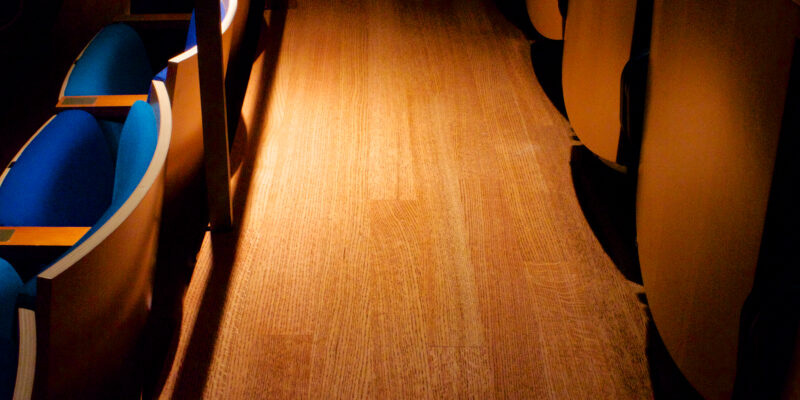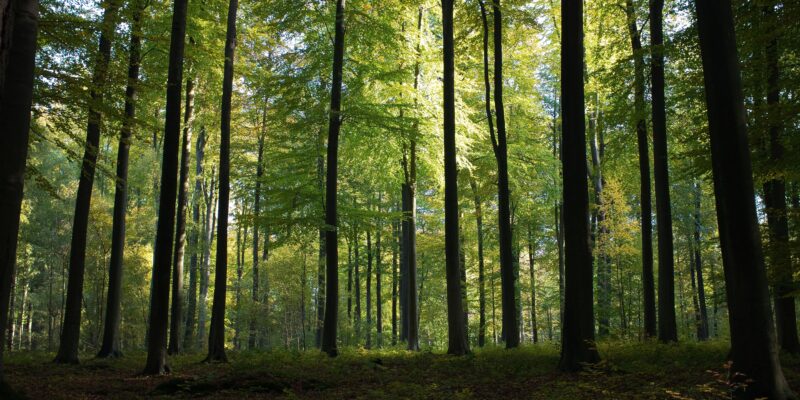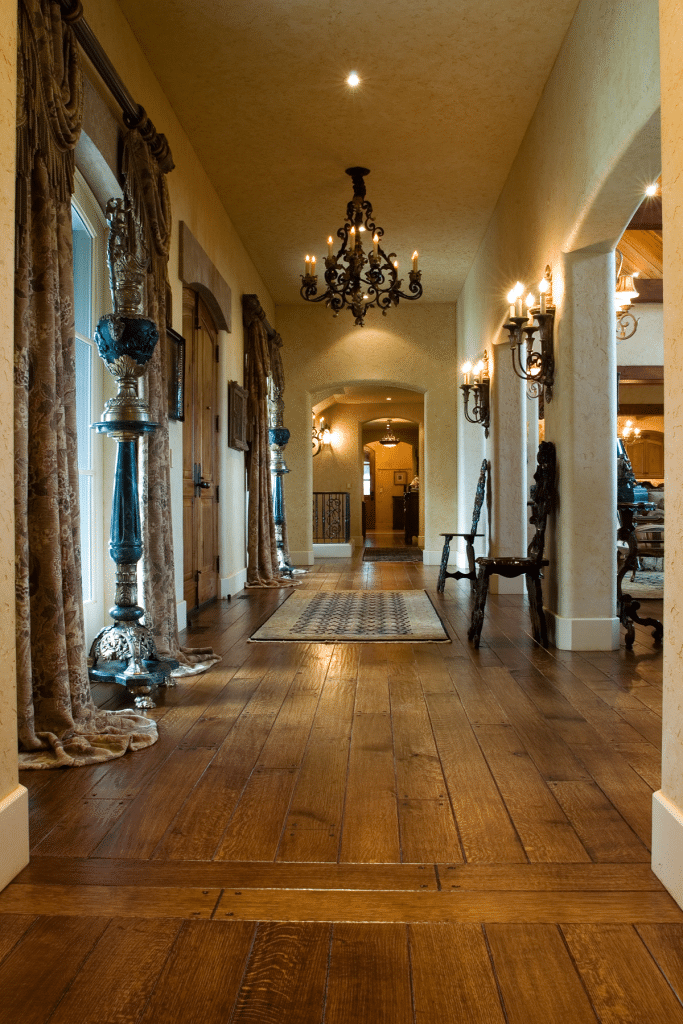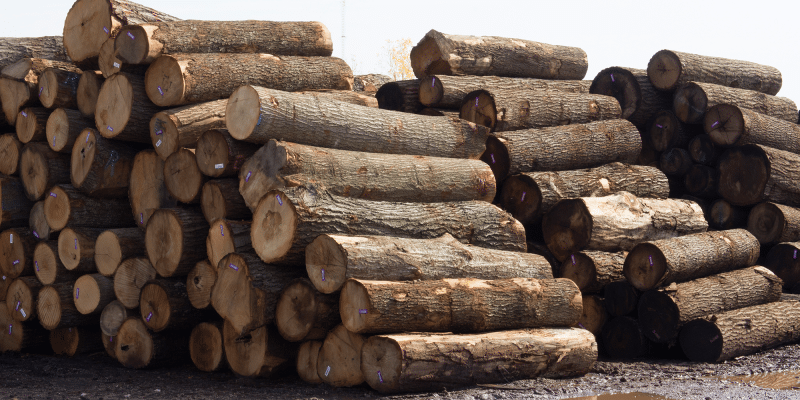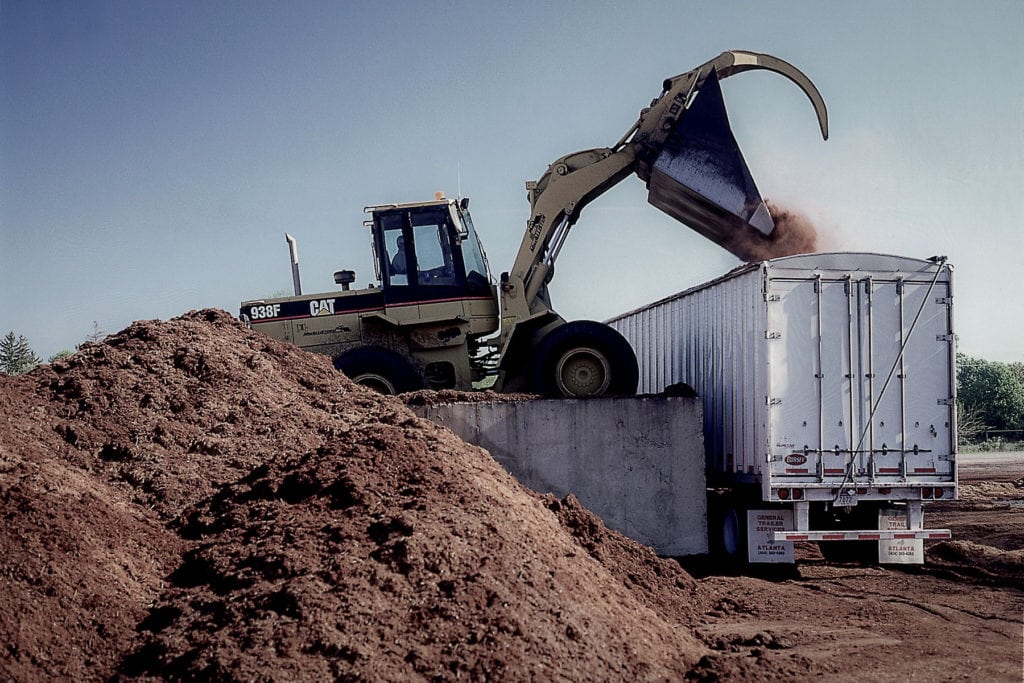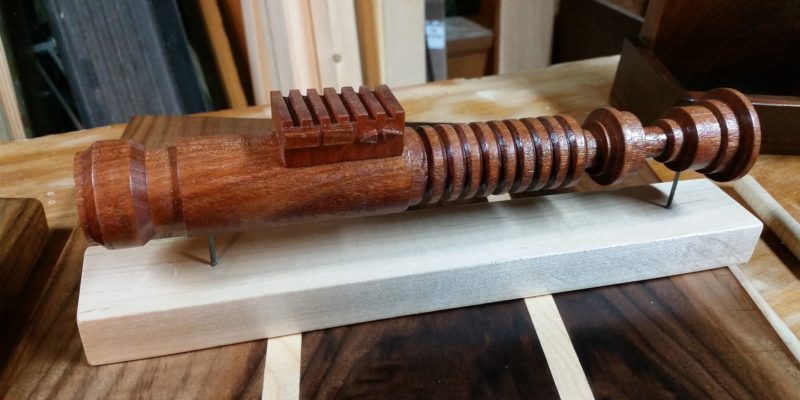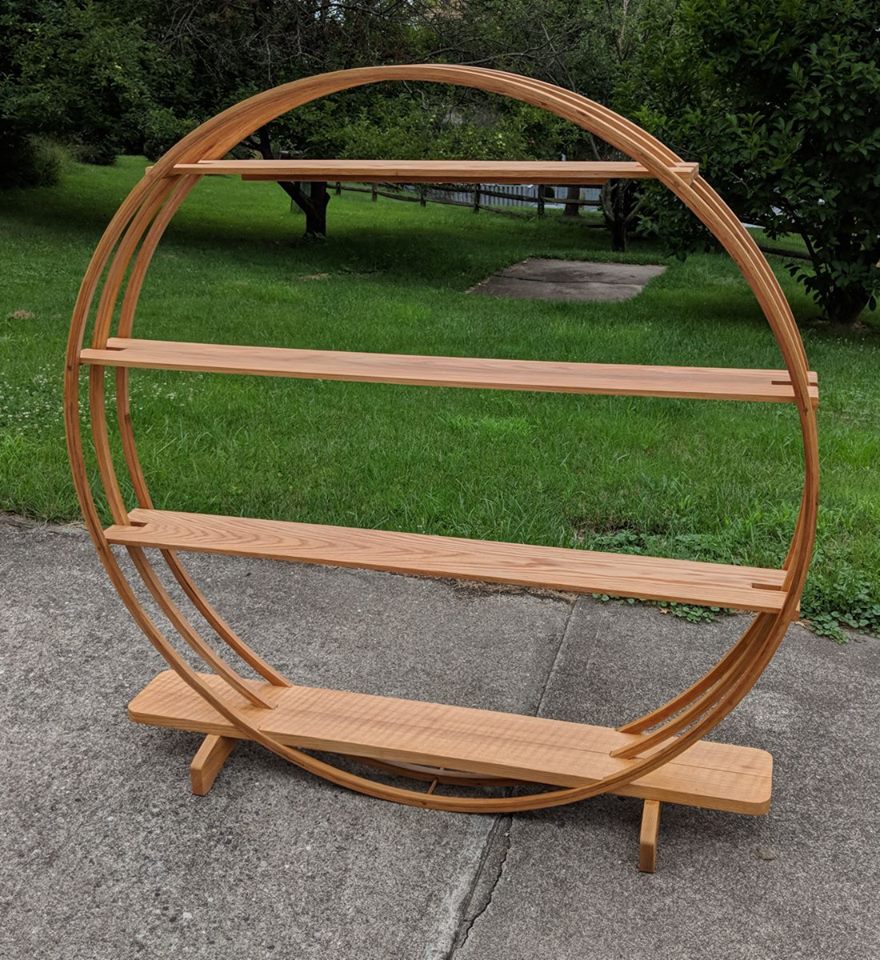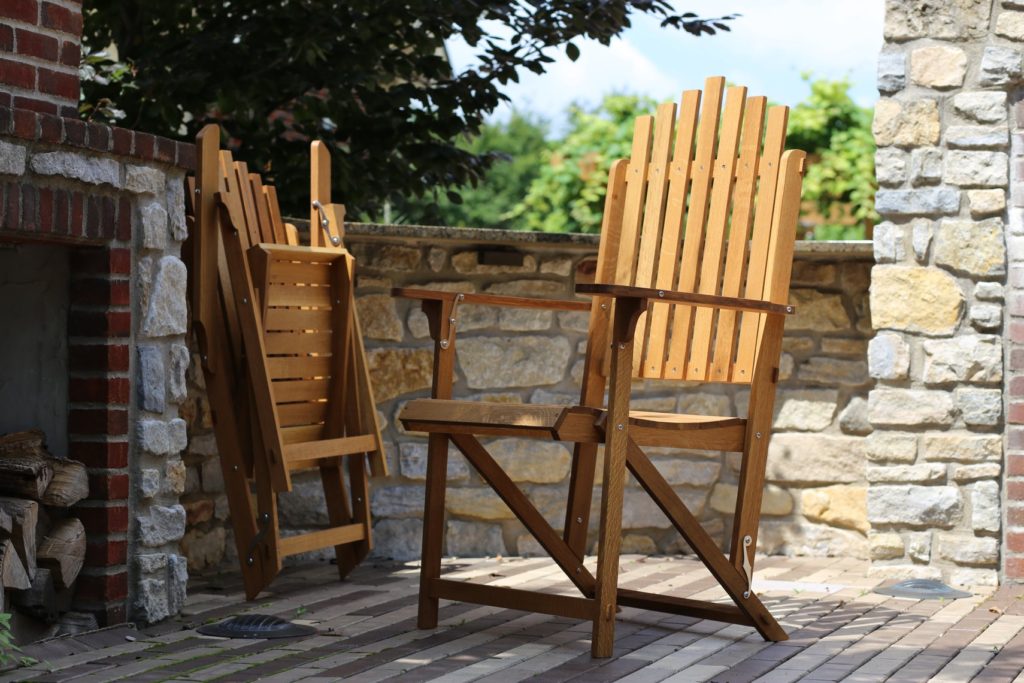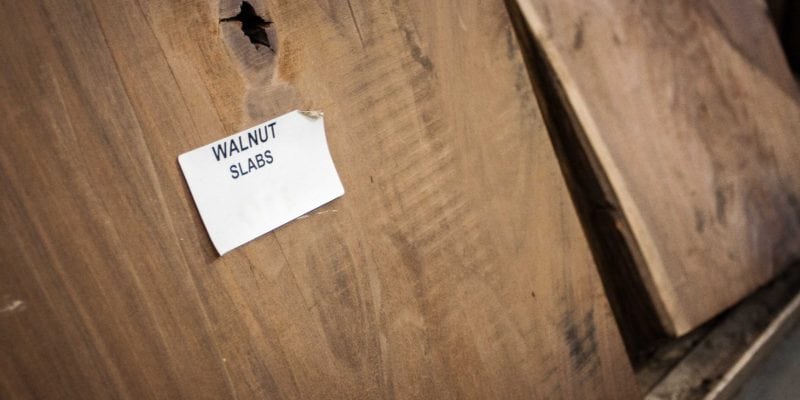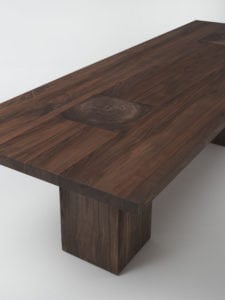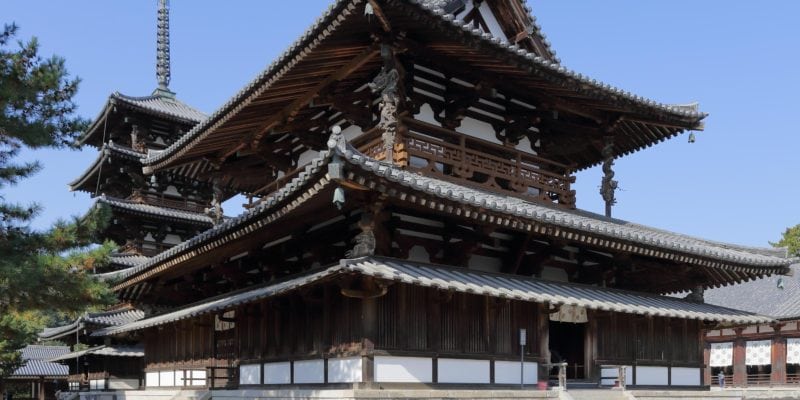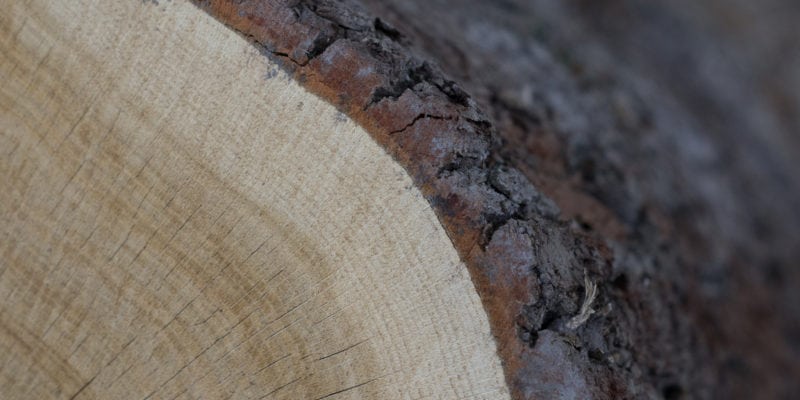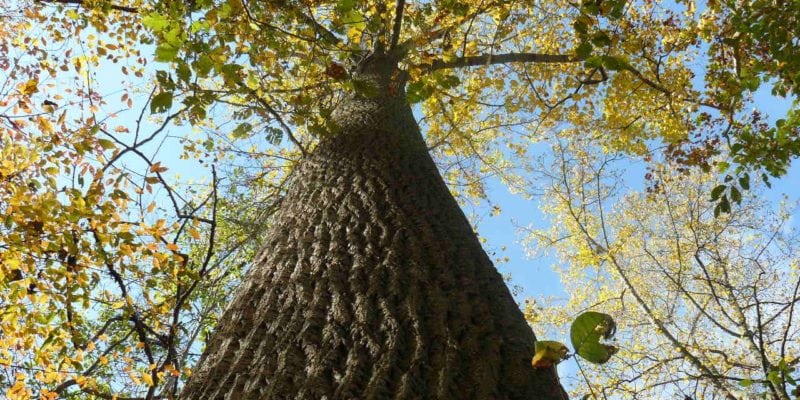Quartersawn Red Oak has increasingly found its place as a premium hardwood choice for flooring, cabinetry, millwork and furniture. It is readily available and affordable.
The straight grain of quartersawn Red Oak will restrict its shrinkage to the thickness of the board as opposed to width.
Our forest has an abundant supply of Red Oak, which has a stronger growth trajectory than popular alternatives.
Medullary rays are shorter in Red Oak resulting in subtly figured “quartered” boards and “rift” boards that display straight grain with minimal flake.
This also minimizes warping and cupping. Its inherent qualities of stability, beauty, and durability places Red Oak in the company of other premium American hardwoods.
-
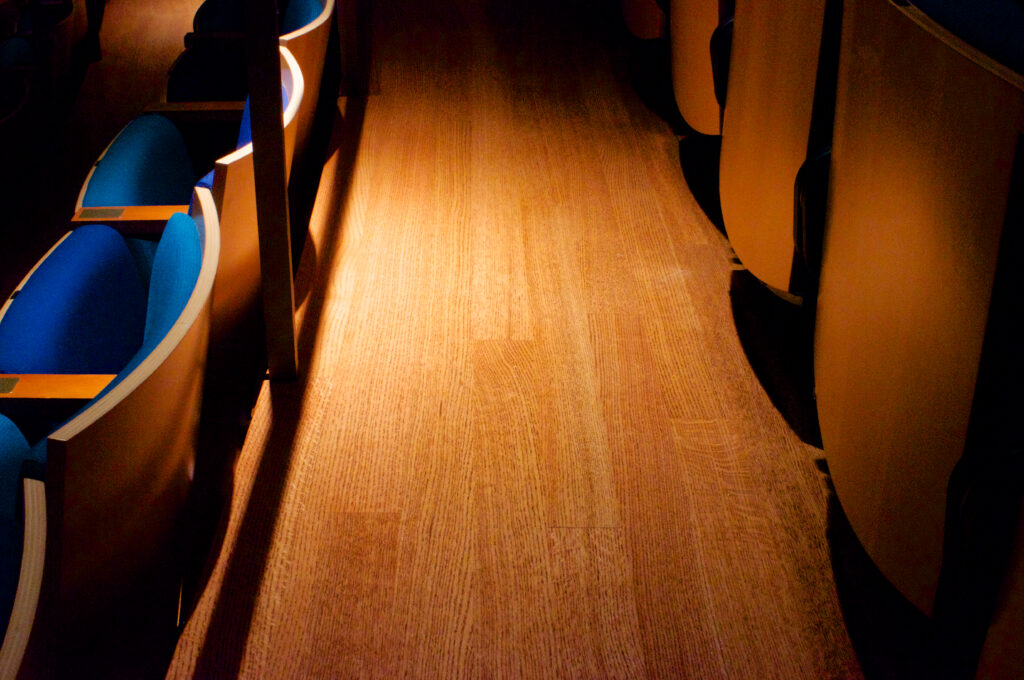
Kauffman Center for Performing Arts: Helzberg Hall -
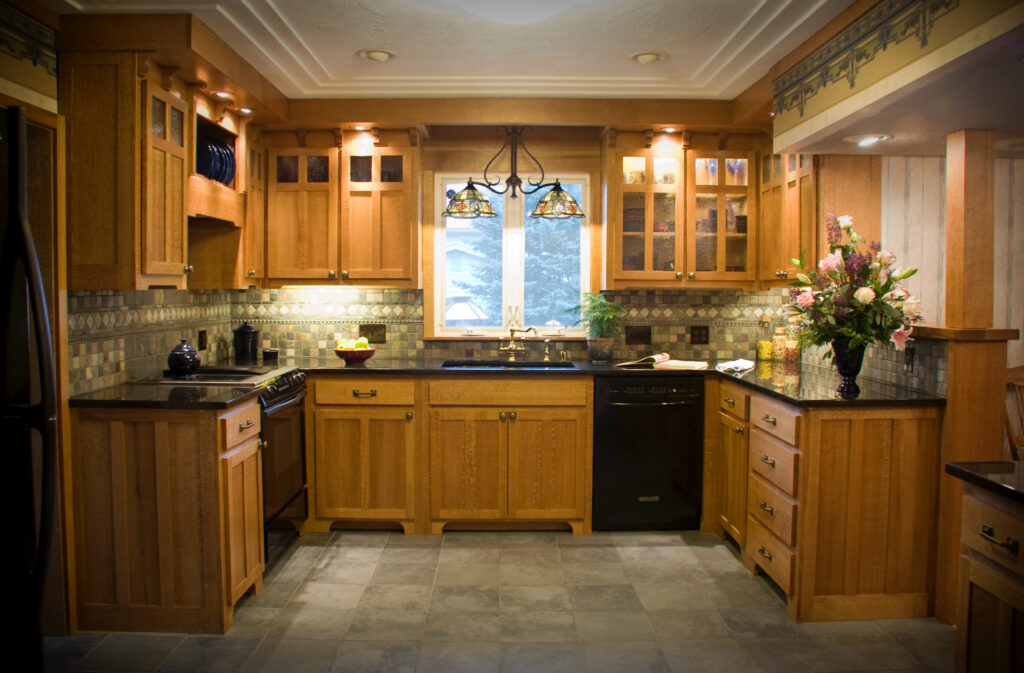
Private Residence -
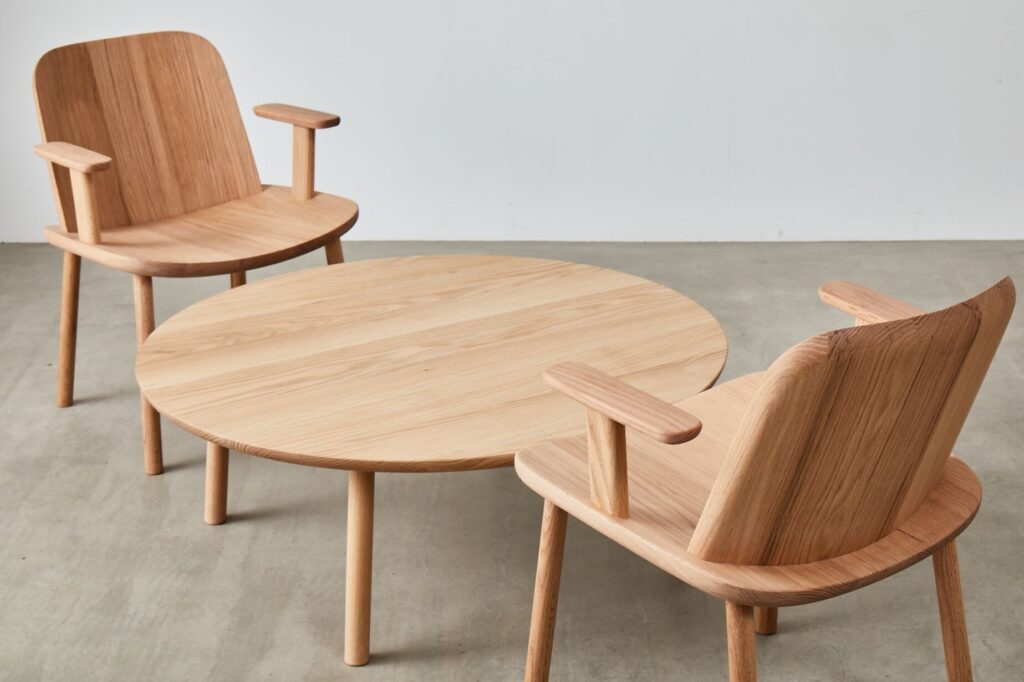
‘Fugu’ by Jasper Morrison Studio -
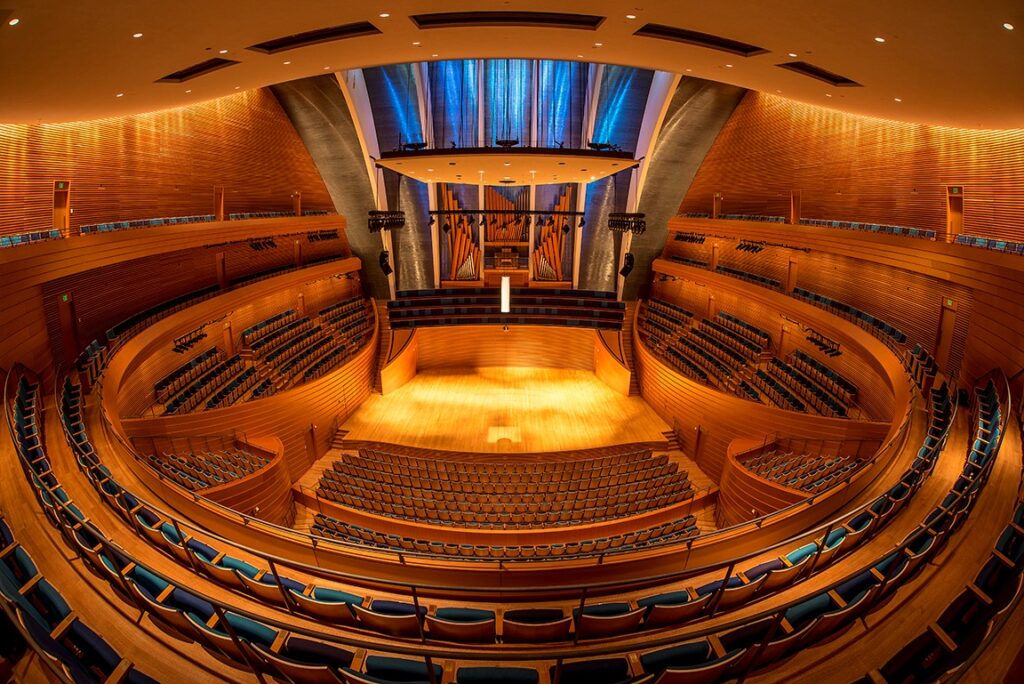
Kauffman Center for Performing Arts: Helzberg Hall

